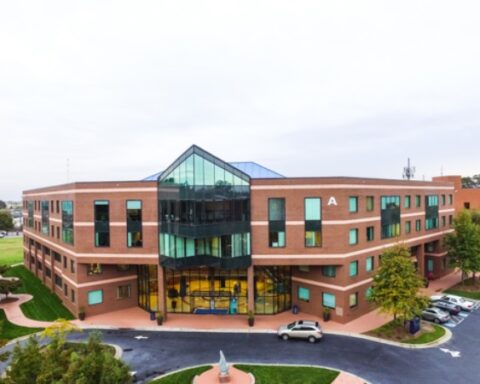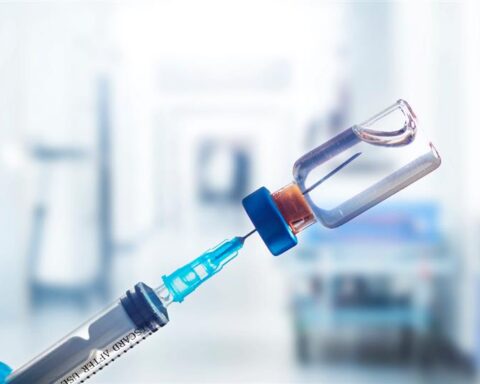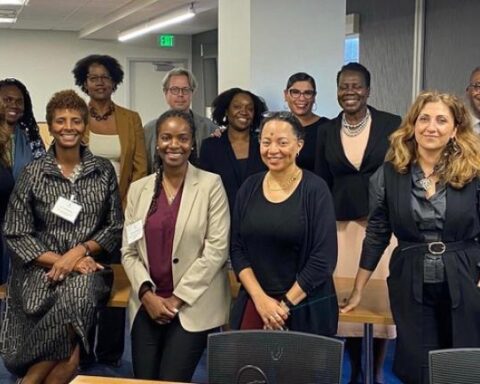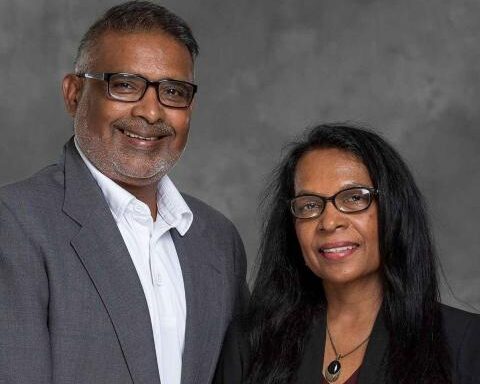It’s not clear if or when boosters doses of Covid-19 vaccines will be OK’d for fully vaccinated people in the United States, but state and local health departments across the United States are moving ahead with plans for a potential rollout next week.
Last month, US health officials announced plans for booster doses of Covid-19 vaccine to be offered starting the week of September 20, subject to sign-off from the US Food and Drug Administration and the US Centers for Disease Control and Prevention.
Those conversations are getting underway this week, including a key meeting of FDA vaccine advisers on Friday, but the decision isn’t a slam dunk, experts have said.
Still, those tasked with administering boosters can’t wait for the details to be finalized.
“We don’t want to be unprepared,” Lori Tremmel Freeman, chief executive officer of the National Association of County and City Health Officials, told CNN on Wednesday.
She said that local health departments are planning now to be ready after the FDA review’s Pfizer data — especially, as they already are “really overwhelmed” right now with responding to surges of Covid-19 cases, working to get the unvaccinated vaccinated, and preparing for the flu season.
The last thing local health officials need at the moment is more chaos or confusion, but many of their questions around boosters still have not been answered: “What is the interval for boosters? Is it any shorter than eight months at this point? What is the age cut-off? Will there be priority groupings?” Freeman said. “We don’t want to appear uncoordinated on boosters.”
What has to happen before boosters go into arms?
The FDA’s Vaccines and Related Biological Products Advisory Committee will meet this Friday to discuss whether data on Pfizer/BioNTech’s Covid-19 vaccine support the idea of giving a booster dose to people 16 and older about six months after they complete their second dose. And there will be more steps before boosters will be OK’d to go into arms of the general public.
“It’s important to note that the FDA’s role is really to say can we use this — can we use this product or can we use this booster. It’s the CDC who will decide whether or not they should be used,” Dr. Anna Durbin, director of the Center for Immunization Research at the Johns Hopkins Bloomberg School of Public Health, said during a virtual briefing on Wednesday.
“So even if FDA comes out and approves the use of boosters by saying they’re safe, and they do what they’re supposed to do, the CDC will still need to review and approve the use of boosters to say that they’re actually needed, and who they are needed for and it may be that they recommend it for different populations — the elderly, for instance, or people in nursing homes, we don’t know,” she said.
US health officials have maintained they want to stay ahead of the virus — but not get ahead of US health agencies.
“No one’s going to get boosters until the FDA says they’re approved, until the CDC advisory committee makes a recommendation. What we want to do though is be ready as soon as that comes,” White House chief of staff Ron Klain told CNN’s Dana Bash on “State of the Union” earlier this month.
“A hundred percent we will wait for FDA approval, we will wait for CDC approval.”
Klain said that even if boosters of both shots don’t receive full approval before September 20, the administration would still be ready to distribute them by then.
What could distribution look like for additional doses?
The rollout plan for boosters won’t quite resemble earlier vaccination efforts, where pharmacies went to nursing homes to vaccinate residents and stadiums held long lines of people waiting for shots at mass vaccination sites.
“There’s still a lot of emphasis on pharmacies to continue to play a strong role in administering vaccine, and over 70% of doses are currently administered to pharmacies,” NACCHO’s Freeman said, but she added that in some states, certain pharmacies and hospitals may not participate in the booster programs because they won’t have the staffing capacity to do so, among other reasons.
In those cases, boosters could be administered at other sites, such as doctor’s offices or specific vaccine clinics.
“It could look differently state by state,” Freeman said, but she emphasized that there is “no limitation” or constraints on vaccine supply.
Rather, “we have been hearing from local health departments, without any confirmed information coming their way, they are beginning to assess who on the ground will have the capacity to do boosters, who will remain as a provider of vaccines and who is pulling out — so that we have a better understanding of how the community will be served and by whom,” Freeman said. “There’s just a lot of some confusion about this.”
How many people might be eligible for boosters?
It’s not clear what parameters the US booster program will have, if it launches at all.
The Biden administration previously said US residents would be eligible for a third dose of Covid-19 vaccine eight months after receiving their second dose.
In that case, up to 5.2 million people may be eligible to receive a booster shot, or third dose, of a Covid-19 vaccine during the week of September 20, if the booster program began then.
Data from the CDC shows that about 3.4 million US residents were fully vaccinated by January 20, which would make them eligible for a booster shot eight months later on September 20. Up to 5.2 million people may be eligible for their booster shot by the end of the week.
The initial booster rollout is on track to include Pfizer/BioNTech doses — pending authorization from the FDA — but it may take a few weeks longer to move forward with boosters of Moderna’s vaccine.
More than half, 56%, of the doses administered by January 20 were Pfizer/BioNTech doses, data from the CDC shows. In December, the FDA authorized the Pfizer/BioNTech vaccine for emergency use about a week before the Moderna vaccine.
Public health officials and medical experts at the US Department of Health and Human Services noted in a joint statement in August that the booster rollout could be phased by default since the initial rollout of first doses was phased.
For instance, if the boosters are recommended for people six to eight months after receiving their second dose, health care workers and older adults would likely will be the first eligible group to receive booster shots if a rollout happens next week.
If someone received their second dose in January, that was eight months ago. March was six months ago.
“At that time, the individuals who were fully vaccinated earliest in the vaccination rollout, including many health care providers, nursing home residents, and other seniors, will likely be eligible for a booster,” the statement said. “We would also begin efforts to deliver booster shots directly to residents of long-term care facilities at that time, given the distribution of vaccines to this population early in the vaccine rollout and the continued increased risk that COVID-19 poses to them.”
The FDA and CDC previously signed off on allowing third doses for people who are immunocompromised. More than 1.9 million people have already received an additional dose since mid-August, according to the CDC.





